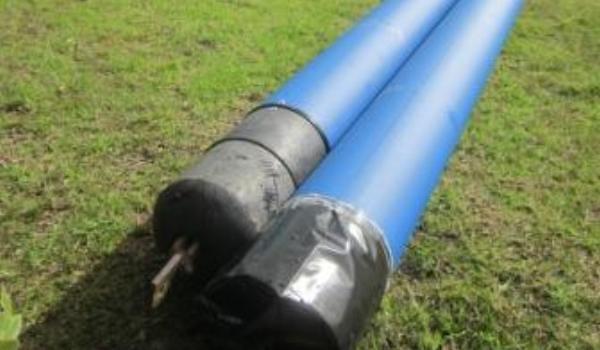The Waikato District Council is known for its quirky approach to local government. This quirkiness shines through in its recently published draft Long Term Plan. The plan shows that Council expects there to be both ‘no growth’ and ‘growth’ in Raglan.
In the full version of the Waikato District Council’s Long Term Plan is a graph showing the expected population growth for Raglan and other towns in the Waikato District.
As it seemed strange that this graph shows no growth in Raglan’s population we asked the Waikato Council:
“The agenda for Council meeting on the LTP held on the 2nd March has a figure 3 (on page EXTRA CCL 52) which is labelled as the population growth of larger towns.
Raglan shows almost no growth and a decline in population this year lasting till 2025.
—–YEAR–POPULATION
- 2011 – 2800
- 2012 – 2800
- 2015 – 2700
- 2025 – 2700
- 2035 – 2800
- 2045 – 3000
Would you please advise what Council believes has caused the decline in Raglan’s population from 2011 to 2015? Although figure 3 says it is the town population, it is more likely that it is the Raglan statistical area. The Raglan town area is larger than the statistical area and some of the town as well as the proposed Rangitahi development is covered in the Te Uku statistical area.”
Council Strategy and Support GM Tony Whittaker said, “The population growth for 2001 (2667 people), 2006 (2637 people) and 2013 (2736 people) shows a fairly static trend, rather than a decline. The information sourced from Statistics New Zealand is within the margin of error for both the census and Council’s projection. To help clarify the information we’ve provided it is important to note the data used in figure 3 of the Infrastructure Strategy is for serviced population.”
So the Council has confirmed that they believe the Raglan population growth is static. It is interesting that the Waikato Council believes that the populations in Upper Wainui, Manu Bay and Whale Bay are not serviced.
Given that the Council believes the population of Raglan will be static it is quirky that some projects have been justified by growth. For example:
- $6.1 million is budgeted on roads and bridges as without this expenditure, “Growth does not occur”.
- $2.3 million is budgeted for a water trunk main upgrade as without this expenditure, “Trunkmain system will continue to work at capacity, restricting growth”.
The justification for this water trunk main expenditure is odd when it is considered that the Council is spending $1.15 million on water meters and says that, “Water meters are a proven way to better manage water usage – often saving up to 25% once installed”.
So the Waikato Council expects no growth in Raglan and water usage to decline yet plans to spend $2.3 million on larger water mains. Now that’s quirky.

Raglan’s Long Term Plan meeting is going to be 7.30pm in the Supper Room on Tuesday 14 April. We can then ask about these and the increase in the roading budget from $29 to $39m over the 10 years. It’s mainly that increase in roading that’s driving the need for more income from targeted charges such as water meters. The graph on page 5 of the leaflet we’ve had in our letterboxes shows the planned rise in rates and the even greater rise in targeted rates.
And the targeted rates total will be even higher than that shown in the graph as the examples in EXTRA CCL 254 are based on a rate for water supply, when we will be on water meters then.
Maybe council’s plan is to increase the proportion of holiday homes still more? That would increase peak demand for water and roads. Council can help achieve that by charging for water by the litre, so it’s cheaper for those who don’t spend much time here, thus minimising the permanently resident population, which is what the population figures show.